Cadbury Logo Design: History & Evolution

Image Courtesy: Cadbury
When it comes to iconic branding, the Cadbury logo design undoubtedly stands out as one of the true classics in the world of visual artistry. If you're a graphic designer, there's a good chance you've been mesmerized by the delectable and elegant aesthetics of Cadbury's branding. The Cadbury logo design is more than just a symbol; it's a visual treat that has evolved over time, just like the delicious chocolates it represents.
This article will take you on a journey through the history and evolution of the Cadbury logo design, examining its humble beginnings, the subtle changes, and the thought process that shaped it. Whether you're a seasoned designer seeking inspiration or a newcomer looking to understand the intricacies of logo evolution, this Cadbury logo design retrospective offers a delightful insight into a brand that has melted hearts for decades. So grab your favorite Cadbury treat, and let's delve into the delectable world of design that's as rich and layered as the chocolate itself.
Cadbury Logo Design History
1824
The Cadbury logo design of 1824 marked the inception of a brand image that would become synonymous with quality and taste. During this period, the original Cadbury logo featured the name of the brand in bold and rounded letters, each flaunting pronounced serifs that were both eye-catching and stylish. What truly set this Cadbury logo design apart was the meticulous attention to detail in the glyphs. For instance, take note of the whimsical curls on the letters “y” and “r,” and the delicately rounded body of the “a.” Each of these elements was drawn specifically for the wordmark and possessed a unique touch that made the logo stand out, yet without overloading it with excessive details.
Graphic designers can take inspiration from this early Cadbury logo design as a testament to the timeless principles of crafting a logo that balances individuality and simplicity. As we delve further into the evolution of the Cadbury logo design, it's this 1824 version that sets the tone for a brand that, even today, continues to tantalize our taste buds and eyes alike. Whether you're indulging in a Cadbury treat or designing your next masterpiece, remember that sometimes, less is truly more.

Image Courtesy: Cadbury
1866
The year 1866 ushered in a new era for the Cadbury logo design. During this transformative period, the logo became more elaborate, embracing a refined complexity that captured the eye. Each character of the Cadbury logo design was infused with an abundance of decorative details. From the picturesque curls to the extended ends, the 1866 version was a feast for the eyes. The interplay of the thickness of the strokes and the unpredictable curves and slopes, especially in the letters “A,” “U,” and “R,” added a touch of artistry that went beyond mere branding.
However, what makes this iteration of the Cadbury logo design truly remarkable is its balance. Despite the enhanced details and flourishes, the overall structure of the glyphs remained traditional and perfectly legible. The design preserved the integrity of the brand's visual identity while allowing it to evolve.
For graphic designers interested in the subtle art of visual storytelling, the 1866 Cadbury logo design is a masterful example of how to push creative boundaries without losing sight of functionality and readability. It's a timeless lesson in innovation that continues to inspire designers, much like the ever-enchanting taste of Cadbury's chocolates themselves.

Image Courtesy: Cadbury
1866 (Second Change)
The Cadbury logo design of 1866 underwent a significant second change that marked a departure from the earlier decorative style. This revamped design was a simplified iteration, retaining the unique characteristics of the letters, but the more elaborate details disappeared. What emerged was a cleaner, more streamlined look, reflecting a modern approach to the Cadbury logo design.
The most striking aspect of this change was the play with width among the letters. Compare, for instance, the unusually wider “D” with the “B” or the “U” with the “R.” These subtle variations added character to the logo without overwhelming the viewer.
For graphic designers, the second change in the Cadbury logo design of 1866 offers a lesson in the power of simplification. It shows how shedding unnecessary embellishments can bring freshness and clarity to a design while still maintaining its distinctive appeal.
Whether you're exploring the fascinating world of typography or crafting a logo for a new brand, this chapter in the Cadbury logo design story reminds us that sometimes, revisiting and simplifying a design can lead to something equally, if not more, engaging. It's about finding the right balance between aesthetics and functionality, a principle that continues to resonate in contemporary design.

Image Courtesy: Cadbury
1876
In 1876, a bold shift occurred in the Cadbury logo design, introducing a completely different type that marked a fresh chapter in the brand's visual identity. This time, the design returned to its roots, looking more akin to the original wordmark than its more recent predecessors.
This 1876 rendition adopted lowercase lettering (except for the initial) and moved away from the serifs that had once characterized the logo. Instead, the serifs were replaced by decorative curves and strokes, creating an altogether more fluid and elegant appearance. The creative change wasn't restricted to just the typography; the wordmark itself was positioned diagonally, rising from the left to the right, adding a dynamic and uplifting feel to the Cadbury logo design.
For graphic designers exploring the nuances of rebranding, this era of the Cadbury logo design offers valuable insights. It demonstrates how radical changes can be made while still retaining a connection to a brand's original essence. The 1876 design celebrates the marriage of tradition and innovation, showing us that a brand can evolve without losing its identity.
The Cadbury logo design of 1876 stands as an inspiring example of thoughtful design, creativity, and a willingness to explore new paths, qualities that continue to resonate in the field of graphic design today.

Image Courtesy: Cadbury
1900
The dawn of the 20th century brought with it a new look for the Cadbury logo design. With a bold and arched version, this era signaled a confident step into the new century. The letters were set against a soft pink background, and their vibrant red color added a warmth and energy to the overall appearance.
The typography of the Cadbury logo design was once again reinvented. The letters were bolder, capitalized, and brimming with confidence. Yet, even with these strong choices, the design maintained a high level of legibility, ensuring that the Cadbury name remained clearly identifiable.
For graphic designers studying the evolution of branding, the 1900 Cadbury logo design presents an exciting lesson in adaptability. It's a vivid example of how visual identity can reflect the spirit of an age, adopting modernity without losing connection to its roots. This design confidently embraces change while staying true to the brand's essence.
Whether you're interested in typography, color theory, or design history, the Cadbury logo design of 1900 has something to offer. It stands as a reminder that embracing bold changes, while honoring core principles, can lead to timeless creations that continue to inspire, even more than a century later.

Image Courtesy: Cadbury
1905
The year 1905 marked a pivotal moment in the Cadbury logo design evolution, birthing what has often been referred to as the first "real" Cadbury logo. The transformation was guided by the artistic hand of Georges Auriol, a name celebrated not only as a type designer and Art Nouveau artist but also a poet and songwriter. William Cadbury's choice of Auriol for the task brought a touch of artistic flair to the brand's identity.
Auriol's creativity shone through in his design. He drew a stylized cocoa tree, ingeniously incorporating the "y" of the brand's name as an additional stem, thus making the word part of the picture. Although this Cadbury logo design looked stylish and unique, it was not as legible as the previous iterations. This necessitated the inclusion of the full name of the company in the primary version.
Despite this, the logo was widely used from 1911 to 1939, adorning the aluminum foil of chocolate bars, catalogs, and more. The company even returned to this design post-WWII, a testament to its enduring appeal.
For graphic designers, the 1905 Cadbury logo design offers a rich study in blending artistic expression with branding. It's an example of how an inspired collaboration can lead to a design that not only resonates with audiences but becomes an enduring symbol for a brand.

Image Courtesy: Cadbury
1921
The Cadbury logo design of 1921 took an unexpected yet fascinating turn. What was originally meant to be a secondary mark on the transport fleet became the company's primary logo. Intriguingly, this script logo was believed to have been based on William Cadbury's very own signature. It's a captivating twist that the personal handwriting of the owner eventually evolved into a more recognizable logo than something crafted by a professional designer.
Although rich in character and history, the original script presented some challenges. The details, while adding to its uniqueness, worsened the legibility problem characteristic of this wordmark. This issue persisted even in later versions.
It wasn't until 1952 that the company started to use this signature-based design across major brands. This Cadbury logo design stands as a testament to the sometimes unexpected sources of inspiration that can shape a brand's visual identity.
For graphic designers, the 1921 Cadbury logo design serves as an inspiring lesson in authenticity and adaptability. It's a reminder that creativity can spring from the most personal places, and that even the unintended can become iconic. Whether you're designing for a global brand or a local startup, never overlook the potential in the everyday and the familiar, as they might just hold the key to the next big design.

Image Courtesy: Cadbury
1960
The 1960s heralded a new era for the Cadbury logo design, as the company embarked on a thoughtful redesign. In this version, several excessive curls that characterized the previous design were skillfully removed, and the letters in the second half of the word were slightly straightened. This created a more refined and polished look, without losing the distinctive charm that had come to be associated with the brand.
Alongside this update, a version without the "s" was introduced. Slightly bolder and with subtly reshaped letters, it maintained the overall style of the original while infusing a fresh energy into the Cadbury logo design.
For graphic designers, this particular phase in the Cadbury logo's history offers a valuable lesson in nuanced alteration. It shows that even small tweaks can make a significant impact on a design's appearance, without sacrificing its core identity.
The 1960 Cadbury logo design serves as a reminder that sometimes, less is indeed more. The removal of some elements, the straightening of lines, and subtle reshaping can breathe new life into a classic design. It's an inspiring example for those looking to refresh a brand without losing its familiar touch, something that continues to be a vital skill in the ever-evolving field of graphic design.

Image Courtesy: Cadbury
2003
The Cadbury logo design of 2003 represents a fascinating period in the brand's visual history. Over the previous two decades, there was a phase of experimentation, where variations ranged from purple and gold versions to the wordmark set against a white background, or even inside a "liquid" purple shade, with or without a gradient. However, what stands out in this era of exploration is the remarkable consistency of the script.
Despite the varying backgrounds and color schemes, the core script remained almost unchanged. This consistent element acted as the visual anchor amidst the creative experimentation. To an untrained eye, it's almost impossible to distinguish between the different versions unless they're compared side by side.
For graphic designers, the 2003 Cadbury logo design offers a lesson in the power of a strong core element. While allowing room for creativity and exploration, a consistent visual component can help maintain brand identity and recognition.
The Cadbury logo design of this period demonstrates how flexibility and experimentation can coexist with tradition and consistency. It's a blend that continues to inspire designers who seek to innovate without losing the essential essence of a brand. Whether reimagining a logo or crafting a new one, the Cadbury example can be a guiding light in balancing creativity and continuity.

Image Courtesy: Cadbury
2020 - Present
The Cadbury logo design's 2020 refresh represents a sophisticated and refined evolution of the brand's visual identity. While retaining the iconic Cadbury inscription, this redesign saw a switch from the recognizable purple to a gradient gold color scheme. The lines of the letters were made slimmer, adding an elegance that speaks to both the brand's rich history and its forward-thinking vision.
What makes this iteration of the Cadbury logo design particularly interesting is how the new color scheme conveys a sense of sophistication and timelessness. The gradient gold not only pays homage to the long history of the brand but also confidently signals its prosperous future.
For graphic designers, the 2020 Cadbury logo design serves as a compelling case study in subtlety and restraint. It's a reminder that sometimes, simple changes can bring about a profound transformation in how a brand is perceived.
The Cadbury logo's latest redesign is not just a change of color and line weight; it's a thoughtful reflection of the brand's evolution, character, and aspirations. It demonstrates that respecting a brand's legacy while embracing change can create a design that resonates with both long-time fans and new audiences. In the world of graphic design, where trends come and go, the 2020 Cadbury logo design offers a timeless lesson in elegance and adaptability.

Image Courtesy: Cadbury
Analysis: Cadbury Logo Design Evolution
The Cadbury logo design has witnessed numerous transformations, each reflecting different facets of the brand's history, aesthetics, and values. Its journey from the intricate 19th-century script to the elegant gradient gold of today tells a fascinating story that resonates with both the past and the future. In this analysis, we'll delve into the Cadbury logo design evolution, focusing on five critical aspects that make this progression a remarkable case study for graphic designers.
Consistency in Change
Through its different iterations, the Cadbury logo design maintained a unique consistency, particularly in the script. Even as other elements evolved, the recognizable lettering remained almost untouched. This consistency became a visual anchor, strengthening brand recognition across decades.
Color as a Storyteller
The transition from the iconic purple to gradient gold is more than just a color change. It's a shift that represents the brand's history and promises a prosperous future. This strategic use of color in the Cadbury logo design illustrates how hues can convey deeper meanings and emotions.
Simplicity and Elegance
The redesigns over the years, especially in 2020, saw a movement towards slimmer lines and more refined forms. These changes added an elegant touch without losing the logo's distinctiveness. It's a lesson in how simple alterations can transform a design's appeal, creating a contemporary yet timeless appearance.
Adaptation to Trends
The Cadbury logo's evolution mirrors broader design trends, from elaborate decorative curls to minimalistic elegance. By adapting to shifts in style without losing its core identity, the Cadbury logo design stands as a testament to the balance between trend responsiveness and brand continuity.
Experimentation with Respect to Tradition
Whether it's playing with different backgrounds or tweaking letter shapes, Cadbury's logo has seen its share of experimentation. However, these changes never overshadowed the brand's heritage. The controlled experimentation, while adding freshness, always paid homage to the original essence of the Cadbury logo design.
The Cadbury logo design evolution is a rich and multifaceted journey that offers invaluable insights for graphic designers. Its balance of consistency and change, simplicity and sophistication, trend adaptation and respect for tradition paints a vivid picture of thoughtful design evolution. The lessons embedded in this progression are more than just historical footnotes; they are guiding principles for designers navigating the ever-shifting landscape of branding and visual communication. Whether you're a seasoned professional or just starting your design journey, the Cadbury logo's rich history is a wellspring of inspiration, packed with lessons in creativity, strategy, and adaptability.

Image Source: https://www.instagram.com/cadbury_dark_milk_india/ | Image Courtesy: Cadbury
The Philosophy & Meaning Behind Cadbury Logo Design
In the realm of graphic design, logos are not just symbols; they carry meanings, tell stories, and embody philosophies. The Cadbury logo design is an exemplary representation of how a visual identity can convey more than the name of a brand. In this exploration, we will dive into the philosophy and meaning behind the Cadbury logo design, unraveling the layers that make it not just an iconic logo but a symbol rich with significance. Here's a look at five key aspects that reveal the underlying philosophy of the Cadbury logo design.
Legacy and Heritage
The Cadbury logo design pays homage to its roots, particularly with the script believed to be based on William Cadbury's signature. This connection to the founder's handwriting establishes a personal touch and a link to the rich heritage of the brand. It's a nod to the traditions that built the company and continues to guide it.
Elegance and Simplicity
The refinement seen in the Cadbury logo, especially in recent iterations, reflects the brand's commitment to quality and elegance. The slimmer, more graceful lines communicate a sense of sophistication, a hallmark of the brand's premium chocolate offerings. This design philosophy showcases the simple pleasure derived from a bar of Cadbury's chocolate.
Adaptability and Modernity
While embracing its historical roots, the Cadbury logo design also demonstrates a willingness to adapt and stay relevant. The transition through different designs over the years highlights an awareness of contemporary design trends. This adaptability showcases a brand that's forward-thinking without losing sight of its essence.
Color as Identity
The color scheme of the Cadbury logo design, especially the iconic purple, has become synonymous with the brand itself. The shift to gradient gold further enhances the luxurious feeling associated with Cadbury. The careful selection and evolution of colors express the brand's identity, building an emotional connection with the consumer.
Unity of Image and Text
The integration of image and text in some iterations, such as the stylized cocoa tree with the brand's name in 1905, creates a cohesive visual narrative. This unity conveys the inseparable connection between Cadbury and chocolate, making the logo not just a brand name but a symbol of what it represents.
The Cadbury logo design is a rich tapestry woven with philosophy, meaning, and intentional design choices. Its evolution, while reflecting the brand's growth and changes, remains anchored in core principles that resonate with its audience. For graphic designers, the Cadbury logo offers a profound lesson in how to craft visual identities that are not merely eye-catching but soul-stirring. It's a testament to the power of design to encapsulate a brand's ethos, narrate its journey, and create lasting connections. Whether it's the subtle elegance, the thoughtful color choices, or the harmonious blending of text and image, the philosophy behind the Cadbury logo design is a beautiful reminder of the depths that a simple logo can reach.

What Can We Learn from Cadbury Logo Design
The Cadbury logo design is more than just a visual symbol; it's a fascinating case study that offers valuable insights into the art and science of branding. Whether you're a seasoned designer or just starting out, there's a wealth of lessons to be learned from the Cadbury logo design. Through its various iterations and the philosophy it conveys, the logo reveals some essential principles that can guide and inspire designers. Here's a deep dive into what we can learn from the Cadbury logo design, with five key takeaways.
Embrace Evolution While Preserving Identity
The Cadbury logo design has undergone numerous changes over the years, but its core essence remains intact. This teaches us the importance of balancing innovation with tradition. A logo can be modernized without losing its connection to the brand's history and values.
Simplicity Speaks Volumes
The gradual simplification and refinement of the Cadbury logo design demonstrate that sometimes, less is more. Complex and intricate designs might catch the eye, but a clear and straightforward logo often stands the test of time. It's a powerful reminder that simplicity can be profound and effective in conveying a brand's message.
Color Matters
From purple to gradient gold, the colors used in the Cadbury logo design are far from random choices. They resonate with the brand's image and evoke specific emotions. This emphasizes the importance of color psychology in logo design, showing how the right hues can create strong brand recognition and affinity.
A Logo as a Storyteller
Each element of the Cadbury logo design, from the typeface to the stylized cocoa tree, tells a part of the Cadbury story. It serves as a visual narrative that reflects the brand's journey, products, and philosophy. This teaches designers the power of storytelling within design and how a logo can encapsulate the essence of a brand.
Adaptability is Key
The Cadbury logo design's ability to adapt to different contexts, from packaging to advertising, is a testament to its versatility. A great logo must be flexible enough to fit various platforms while maintaining its integrity and recognizability. This adaptability is vital in today's ever-changing digital landscape.
The Cadbury logo design is more than a recognizable symbol; it's a masterclass in design that transcends the boundaries of aesthetics. It illustrates the power of evolution, the elegance of simplicity, the significance of color, the role of storytelling, and the necessity of adaptability. Graphic designers, regardless of their level of expertise, can draw inspiration and understanding from the Cadbury logo design. Its thoughtful design decisions and strategic evolutions offer tangible insights that can be applied to create compelling and timeless visual identities. In the world of branding, the Cadbury logo stands as a beacon, guiding the way toward thoughtful, effective, and resonant design.
Conclusion
In wrapping up our exploration of the Cadbury logo design, it's clear that this iconic emblem serves as an inspiring guide for graphic designers of all levels. From its early iterations to the latest elegant transformation, the Cadbury logo's journey reflects a harmonious blend of history, simplicity, creativity, and adaptability. Whether you're looking to create a fresh brand identity or breathe new life into an existing design, the lessons learned from the Cadbury logo design offer invaluable insights. It stands as a shining example of how thoughtful design can create timeless appeal and forge a lasting connection with audiences.

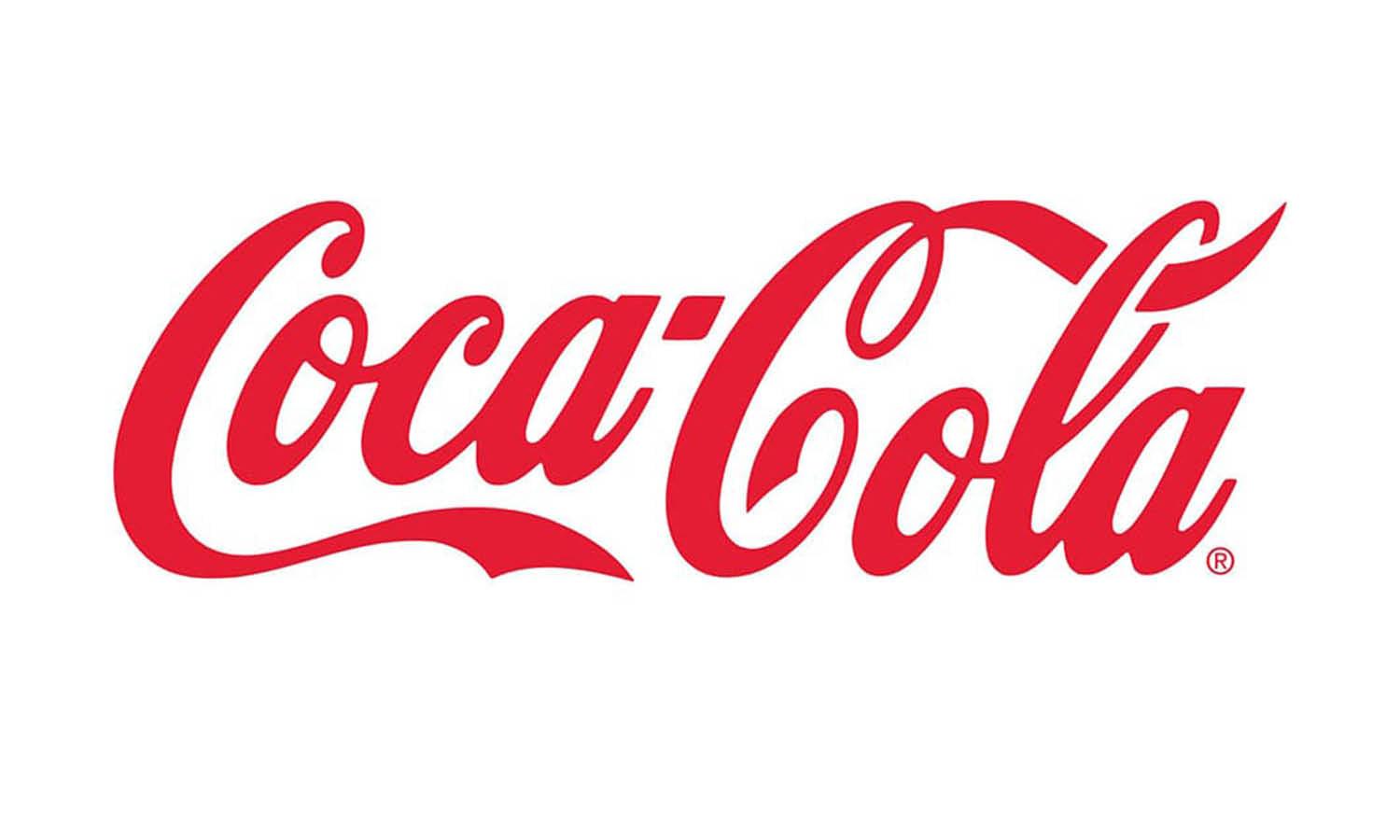
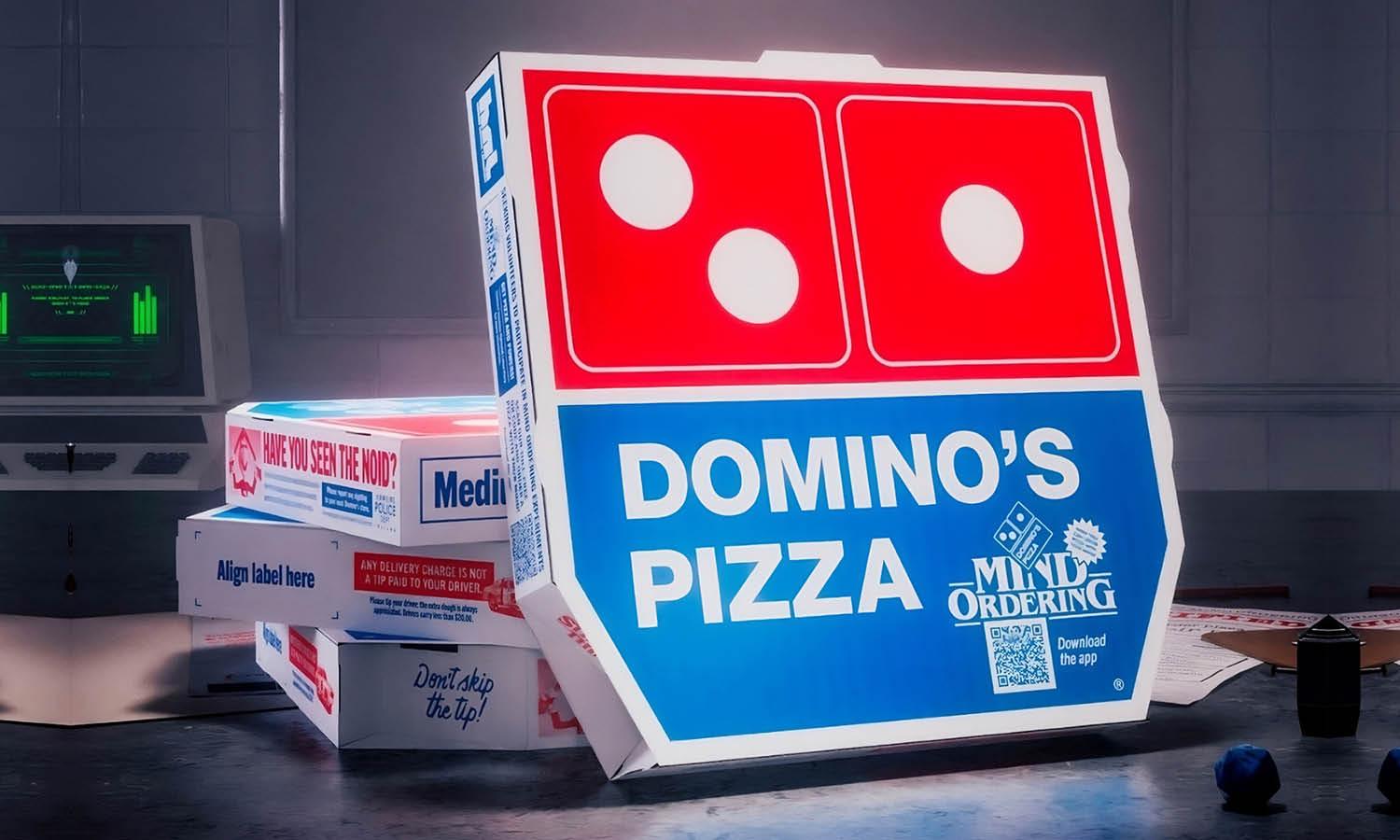
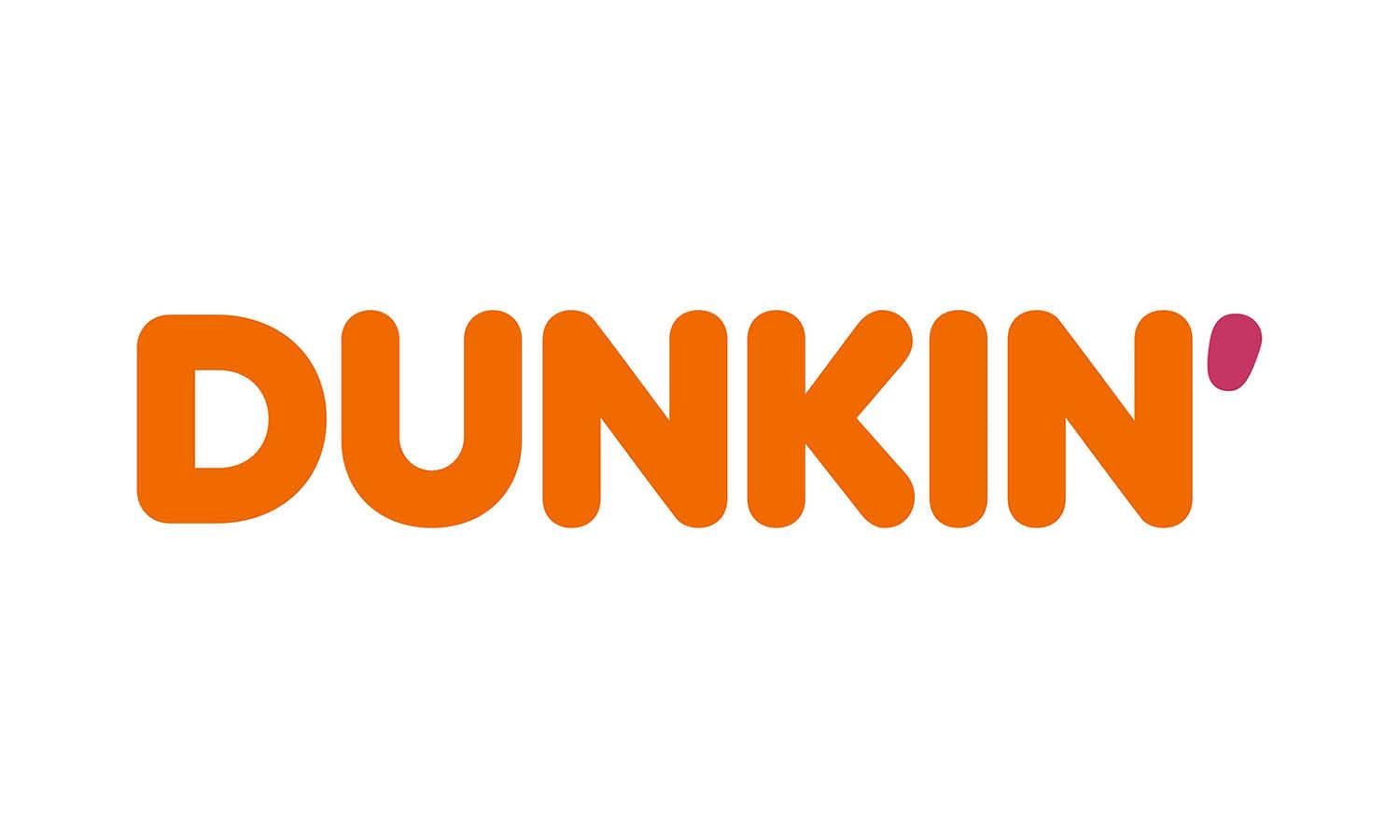

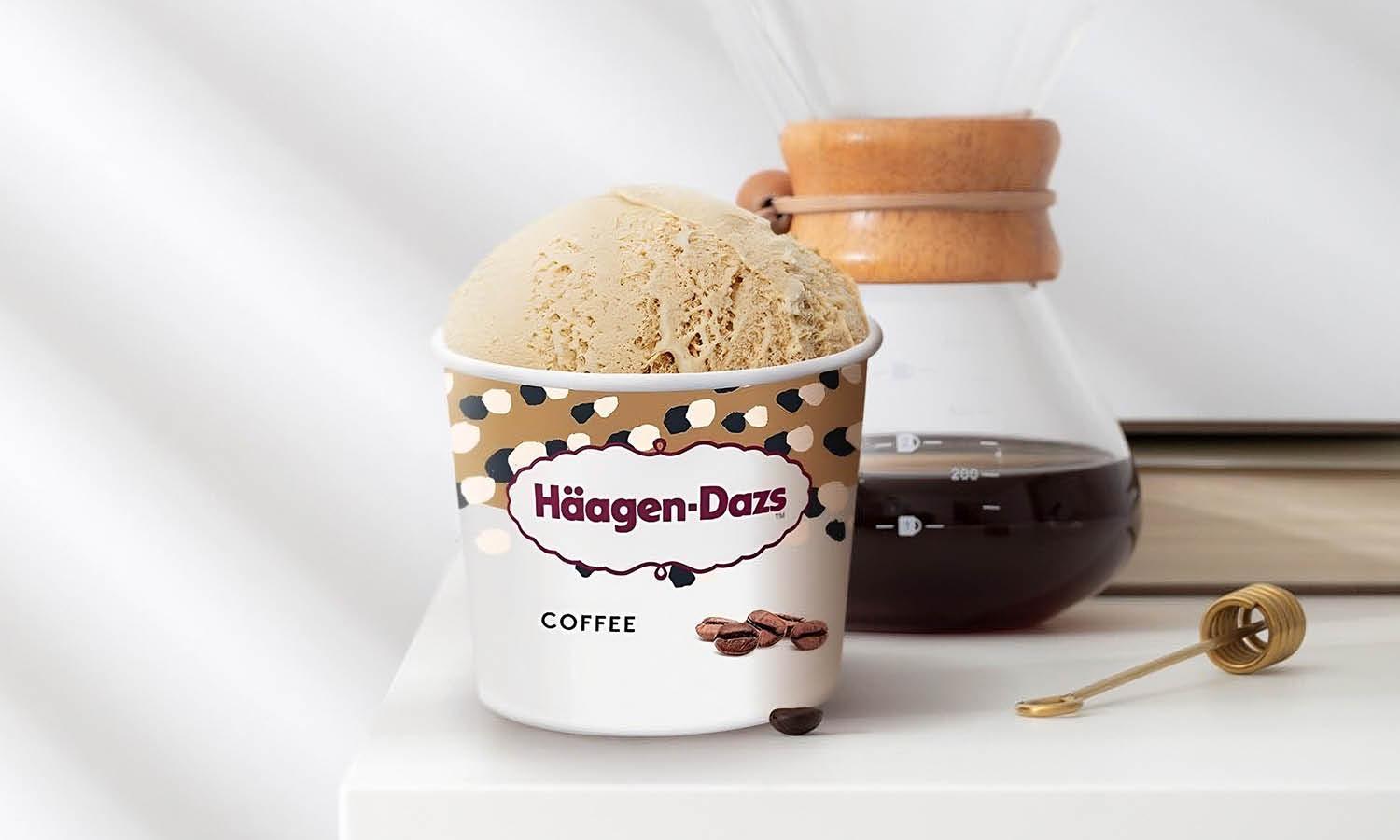
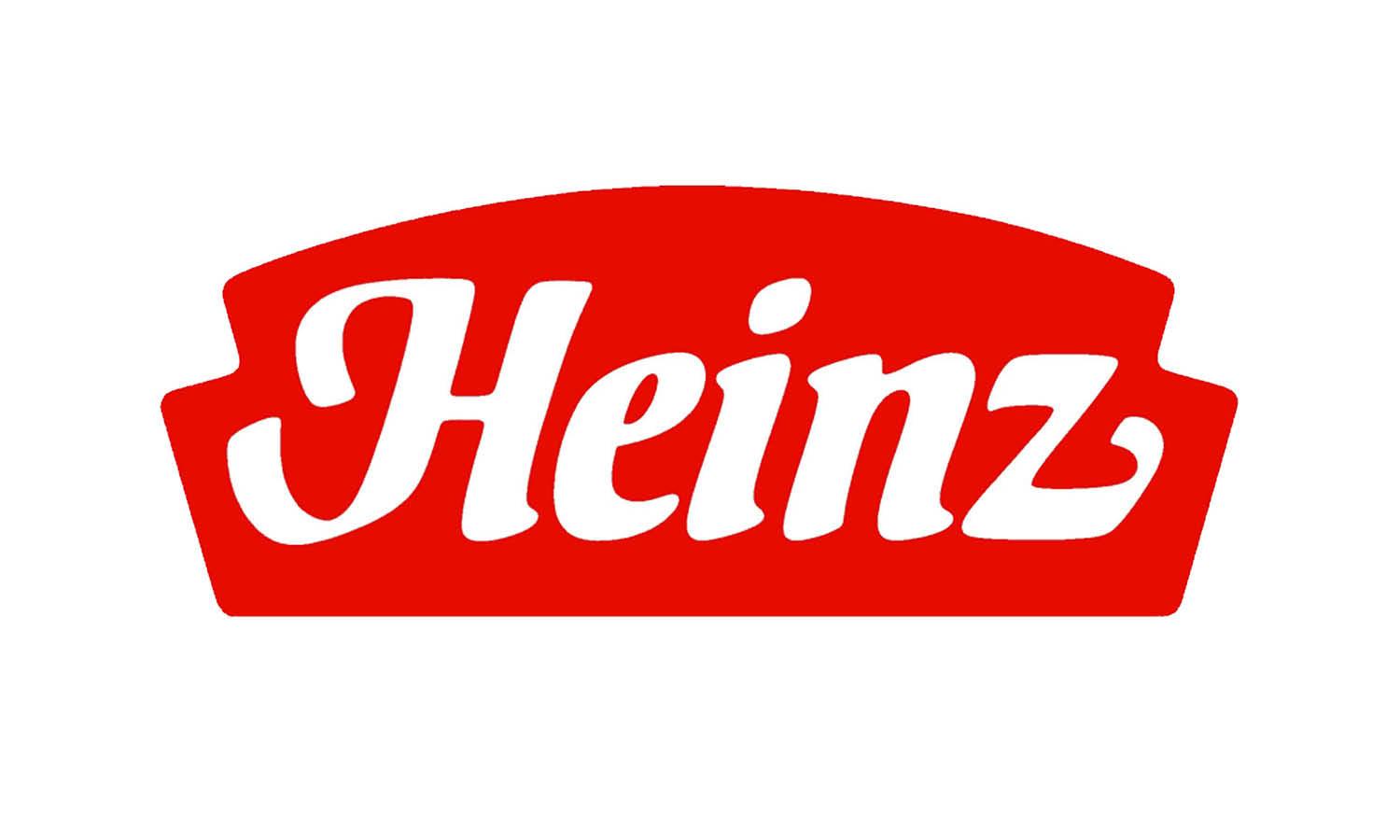
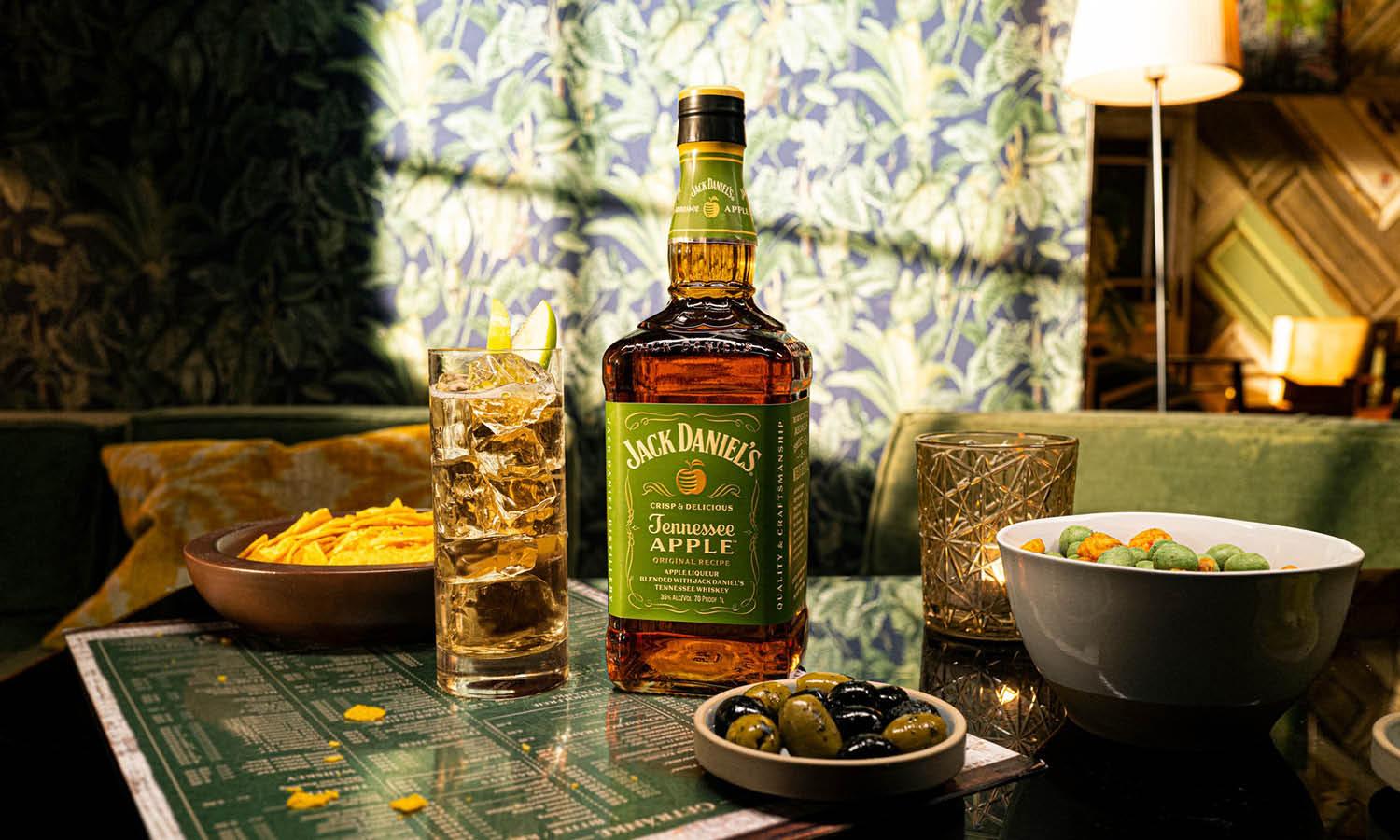








Leave a Comment